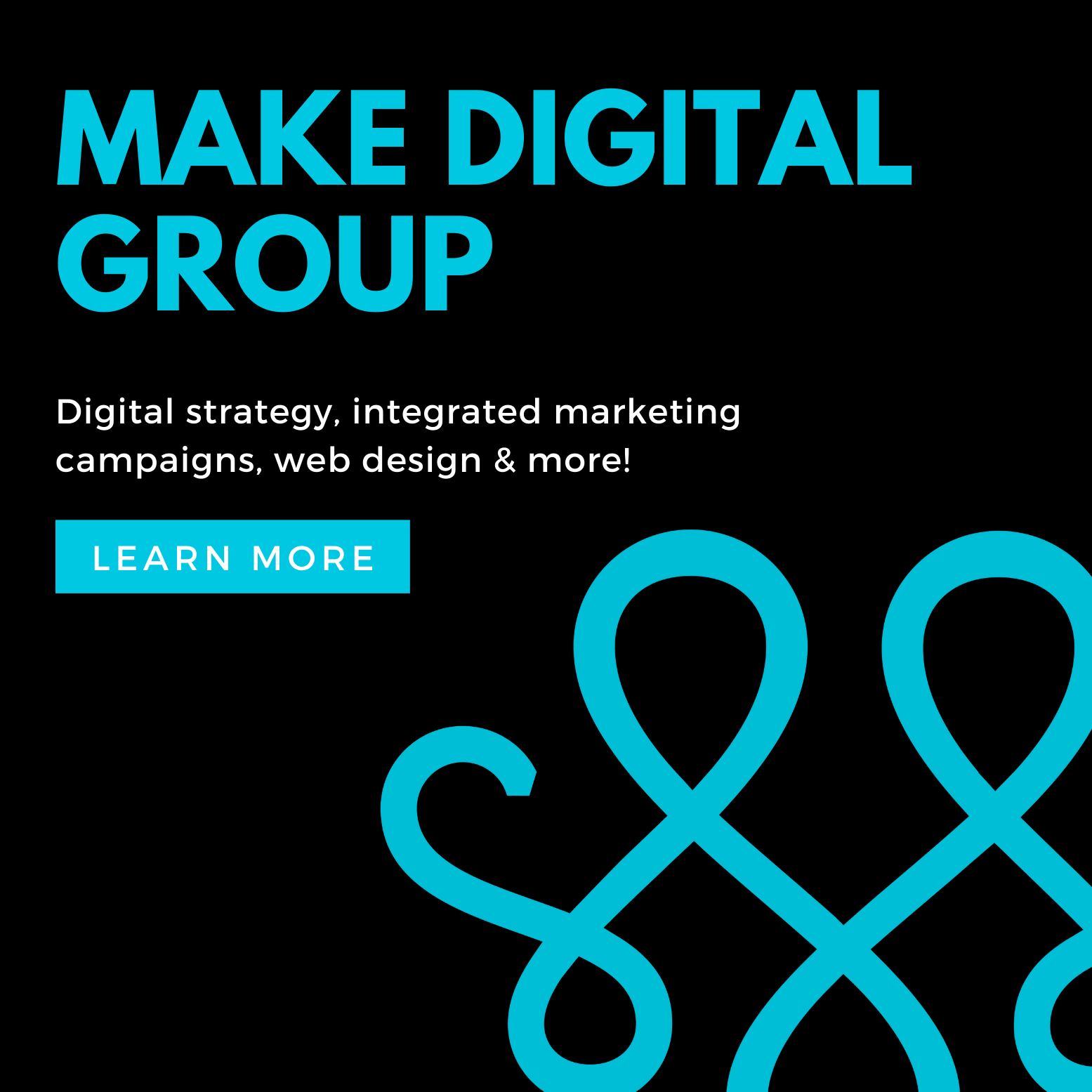Using revolving debt wisely can help your business maximize its opportunities.
Although many businesses pride themselves on being debt-free, a line of credit is one of the best tools for keeping your company running smoothly.
Unlike term debt, which gets paid down a little bit each month, a line of credit revolves as needed, meaning you can borrow and pay down each month as your business needs dictate.
How a Line of Credit Can Help
The typical working capital cycle for a manufacturer goes something like this: A business purchases raw materials, makes a product, delivers the product, sends out an invoice and then collects the amount due.
This whole cycle could take several months from start to finish, but your bills keep arriving each month. You could face a substantial cash shortage while waiting to be paid. (By the way, service businesses aren’t immune from this.) A line of credit can bridge the gap.
A line of credit also gives you the ability to make quick decisions to grow your business without worrying about running short of cash. A line gives you the freedom to stock up on inventory in advance of busy seasons or accept large orders without having to worry about paying up front.
How Do I Manage My Line of Credit?
A line of credit is collateralized by accounts receivable, inventory or both. As a result, your line of credit’s dollar limit will go up and down from month to month.
For example, your bank may set your line availability to equal 80 percent of accounts receivable plus 50 percent of inventory. Since these levels are constantly changing, you would be required to prepare a monthly report showing exactly where your inventory and receivables stand—and thus, what your maximum line of credit amount should be.
This calculation is just as important to you as to the bank. For example, when inventory and accounts receivable levels are highest, the line should be at its peak. But as you get paid, the line should go down proportionately.
Over time, your line of credit balance may include a layer of debt that can’t be paid off within a few months. R&D costs, equipment, furniture and other expenses often find their way into the line of credit, creating a layer of permanent working capital. A term loan structure would be more appropriate for permanent working capital, as it requires monthly principal and interest payments.
(Think about it this way—you would never buy a house with a line of credit, because you would pay interest only every month, and you’d never make a dent in your principal balance. )
One way to test whether or not you have permanent working capital is to rest the line, or maintain a zero balance, for at least one day each year. If you can rest the line, you don’t have any permanent working capital.
Getting to a zero balance for a single day might not be possible for some businesses. If this is the case, another test would be to look at the line balance on a particular day and compare it to your accounts receivable aging and inventory reports. If everyone who owed you money paid you today and you sold all your inventory, could you pay off the line? If so, you can rest easy that your line of credit isn’t serving as permanent working capital.
Maximize Your Line of Credit
Ask your lenders about a loan sweep. A loan sweep connects your line of credit to your business checking account. Each night, based on the day’s activity, the sweep will take excess funds from your checking account and use them to pay down the line of credit—reducing how much interest you owe.
Or if the checking account is running low, the credit sweep will pull money from the line of credit to cover checks written in the account.
There are three advantages to a loan sweep: hands-off cash management, overdraft protection and minimized loan interest expense. Even though there is normally a monthly charge for a loan sweep, the benefits outweigh the cost.
The last thing you want to do is scramble to set up a line of credit when you need to react quickly to a business opportunity. There’s really no downside to having one at the ready, since the monthly payments are interest-only and you pay only for what you use.

